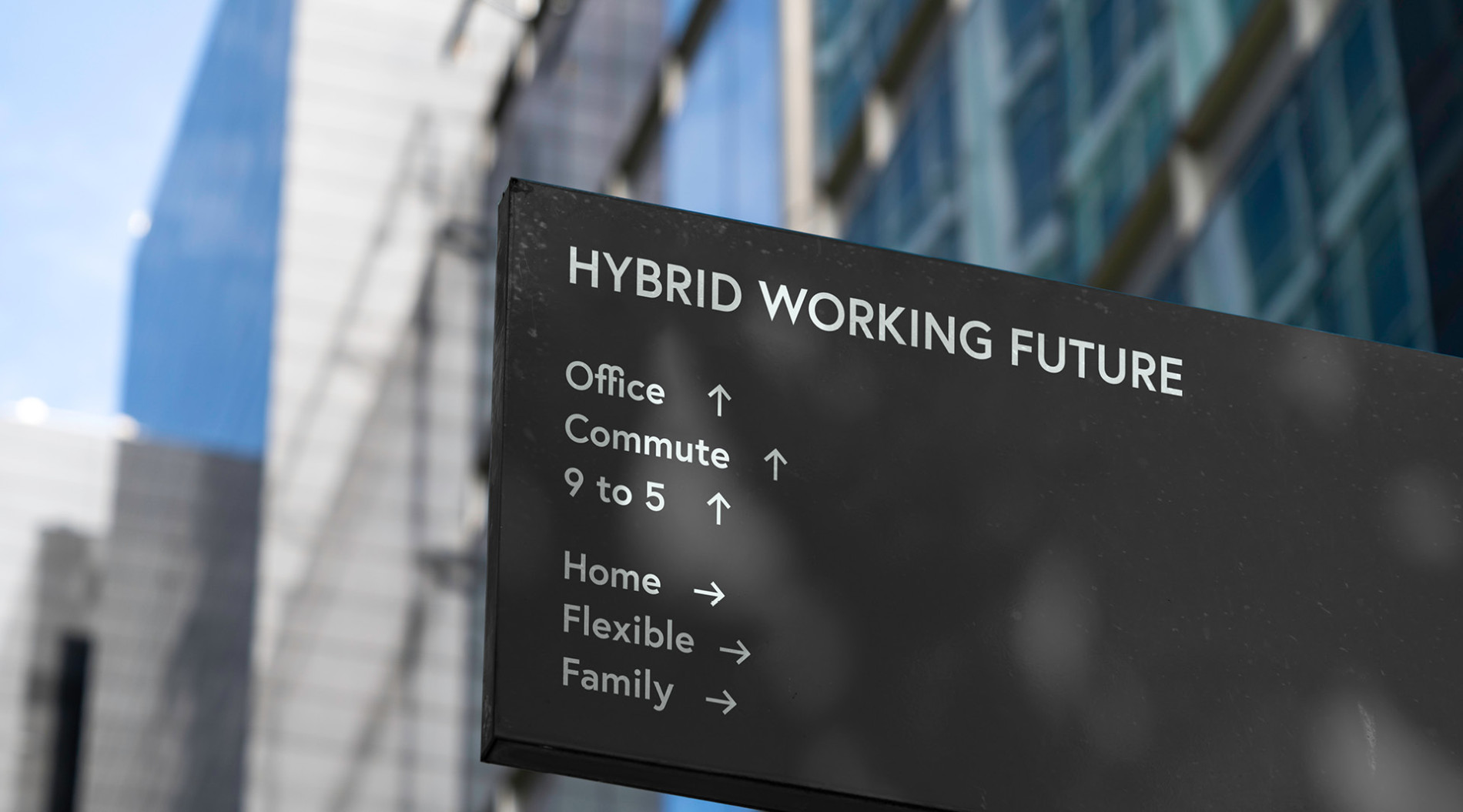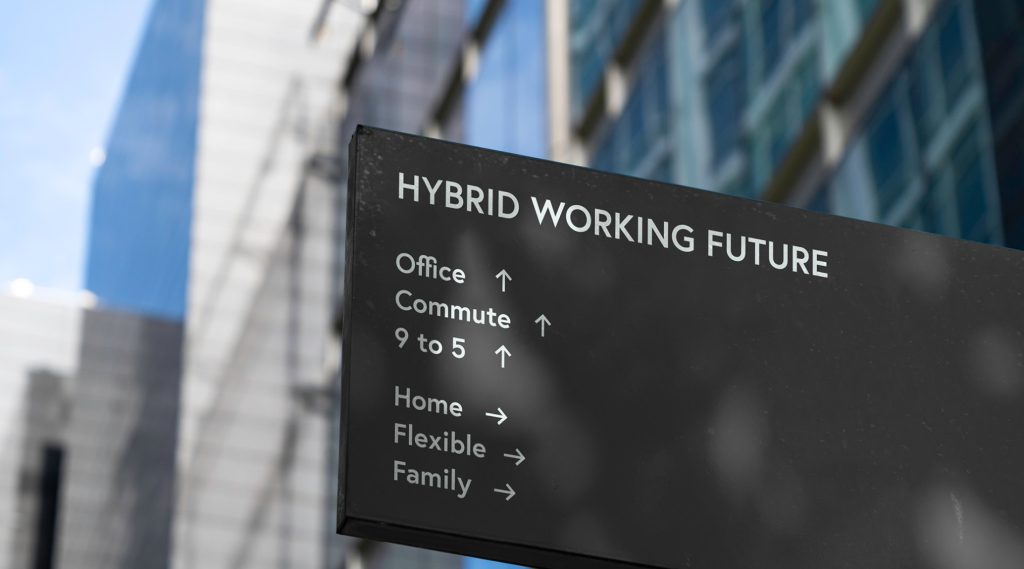Grey Power – Add Value by Aiming Higher
In the second part of diversity series, we’ll look at how organisations can utilise the experience of the older generation of workers to address the skills and labour shortage in Australia today. Collectively, populations are ageing in all developed countries. People age 60 and over are projected to outnumber children under the age of five within the next year. By 2025, the Harvard Business Review expect 25% of workers in the U.S. and the UK to be over the age of 55 – a statistic that is nearly replicated in every developed nation including Australia. Now’s the time for organisations to start thinking about a more open-minded age inclusion policy as part of their D&I strategy.
Here’s the why, and how.
Australia’s salvation?
Like most developed countries, Australia’s population is ageing because of sustained low fertility and increasing life expectancy. The result? Proportionally fewer children (under 15 years of age) in the population and a larger proportion of people aged 65 and over. Despite the labour market demographics evolving then, research suggests age discrimination continues to be significant problem in Australian workplaces.
Age discrimination comes in a variety of shapes and sizes. It can be direct discrimination such as a job offer that specifies a minimum or maximum age, or it can be indirect discrimination – which is more subtle and harder to identify. A good example of this is a recruitment procedure that systematically rules out any “over-qualified” candidate to avoid applicants with too much experience.
According to our survey for those mature age people not currently in the workforce, one third of all respondents, and of those aged 60 years or under, a staggering 57%, would be prepared to return to work if they were offered the right job. For currently employed mature age workers, one third would relocate and more than half would consider doing further study for the right job. Diversity Council Australia’s Grey Matters research clearly showed that mature age workers want to learn as well as continue active links to the workplace.
Changing societal impressions
Part of the problem with age discrimination in the past can be put down to inaccurate perceptions of the workforce over the age of 50. Inaccurate stereotypes about older workers being inflexible or hard to train are just a few examples that need to be addressed to remove barriers to workforce participation.
Several years ago, Harvard Business Review and Deloitte did some research that asked 10,000 companies “Is age a competitive advantage or competitive disadvantage in your organisation?” Over two-thirds of the companies considered older age a competitive disadvantage.
However, more recent research developed over the years has revealed that economies with a high proportion of healthy, older workers do better. This research also found little difference between the productivity of older and younger employees.
Currently, our career, pay, recruitment and assessment systems are designed against hiring people of the older generation. An attitude persists that people over the age of 50 are overpaid and can be replaced by younger workers. However, there is substantial evidence that combats this outdated idea. While raw mental horsepower may decline after 30, ‘knowledge and expertise — the main predictors of job performance — keep increasing even beyond the age of 80. There is also ample evidence to assume that traits like drive and curiosity are catalysts for new skill acquisition, even during late adulthood.
Furthermore, older employees are attributed with having a broader perspective, higher work ethic, better problem-solving skills, greater curiosity (contrary to popular opinion), loyalty, and sound decision-making skills. The truth remains that whilst skills are invaluable, experience can so often give employees the edge.
Time to act
So how can organisations tackle deep-rooted age discrimination policies, to bring their D&I strategies into the modern age? A good starting point is to ensure the age discrimination, even at an unconscious level, is not occurring during recruitment, retention, and development processes. This also means coaching and teaching recruiters not to discriminate by age and tackling implicit biases when interviewing and going through applications.
To supplement this, you can offer flexible ways of working, and establish an organisational culture that’s inclusive and supportive of older employees. Opportunities for learning and development are also crucial, as upskilling employees is the modern trend being used by all forward-thinking organisations addressing the skills shortage bought about by rapid technological development.
Furthermore, companies can give older workers titles and roles that let them contribute their expertise, and assign managerial, supervisor, and mentoring roles to help develop the younger talent in your organisation. In a time in which the global health crisis has transformed the public perception of working from home, it’s also a good opportunity to offer accommodations for flexible work.
Another excellent initiative being explored by big organisations who recognise the value of experience in an age of skill shortages, is inviting them back to work from retirement. Companies like Boeing, Bank of America, Walgreens, GM, and others now invite older workers to come back, through specific programs aimed towards older workers.
There’s a good chance that the solutions to your skills shortages and search for talent can be found at the higher end of the age scale than you were previously looking for. Reinforcing your D&I strategy to include important considerations such as removing the age bias is a great way to broaden your search for the right candidates.











